I found this link - and thought perhaps some would find this fun/interesting :)
http://www.bellaonline.com/articles/art33294.asp
Katelyn Thomas
BellaOnline's Gardening Editor
Plant a Harry Potter Garden with your Children
Are your children pasty faced and red eyed from re-reading the first five Harry Potter books as they await the release of Harry Potter and the Half Blood Prince? Get them out into the sunshine and fresh air with this Harry Potter garden plan that uses plants mentioned in the first five books in the series.
Although Mandrakes, Aconite, Hellebores, and Belladonna do exist, I am not including them in the garden plan because they are lethally poisonous.
Create a six foot wide by twelve foot long strip for your garden. For the most attractive design, give the bed a bit of a curve.
1. Cabbages first appear in Harry Potter and the Chamber of Secrets. Hagrid is growing these non-magical plants for food for the school. You will want to plant six cabbages in your garden plot. To enjoy the pretty leaves of these plants, place them in groupings of three plants instead of placing them in tidy rows. Although we do not have flesh eating slugs in the world of Muggles, have your children keep a sharp eye out for standard slugs and cabbage worms.
2. Daisies are a potion ingredient in Harry Potter and the Prisoner of Azkaban. While they do not actually help shrink things, they are pretty to look at. Plant three to six of these perennials in a curvy line towards the back of the garden.
3. Geraniums in the world of Muggles are not fanged, as they are in Order of the Phoenix, but they are certainly colorful. I recommend planting them in groups of three across the front of the garden bed. For plants that come back year after year, you may want to plant the less colorful hardy Geranmiums instead.
4. Ginger is used in a wit sharpening potion in Harry Potter and the Goblet of Fire. In the world of Muggles, wild ginger makes a nice ground cover. Plant in clusters of three throughout the garden bed and, in time, they will spread to cover bare spots.
5. Daffodils appear in Order of the Phoenix. Although Muggle daffodils don't honk, they are a pretty sight in the spring. Plant 15 bulbs in clusters of three throughout the front of the garden.
6. Sage is used by Centaurs in Order of the Phoenix. A variagated sage placed behind one of the clumps of cabbage is very attractive.
7. Holly is used to make wands and Harry uses a Holly wand in Harry Potter and the Philosopher's Stone. Miniature Holly varieties are a great way to add evergreen color to the garden. Plant a male Holly at one back corner of the garden bed and plant a female Holly at the other back corner.
8. Maples are also used to make wands in Harry Potter and the Philosopher's Stone. Place one Japanese Maple in the back of your garden right in the center. A weeping variety looks best, but is more expensive than some other varieties.
If you would like to make a larger bed or want to add some more plants to make the six foot by twelve foot bed look fuller until the perennials and trees mature, you may want to add Lovage, Pumpkins, Willow (Muggle willows don't whomp, but a Red Twig Willow bush is very pretty to look at) and a Butterfly Bush, which is the Muggle equivalent of the Flutterby Bush in Harry Potter and the Goblet of Fire. As your children read through the Harry Potter books, they may just find another Muggle plant or two to add to the garden plan, as well.
Finally, for an ornamental touch, add a ceramic or concrete toadstool to the garden. After all, no proper magic garden would be without a toadstool or two.
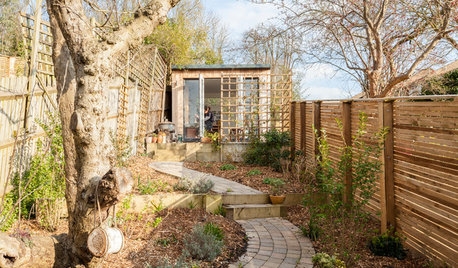
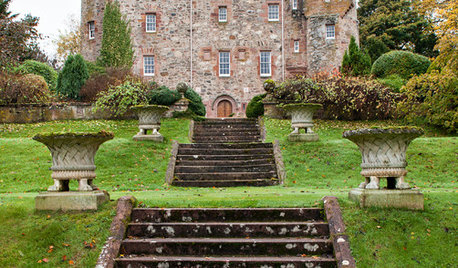
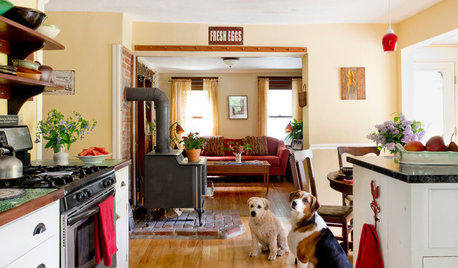
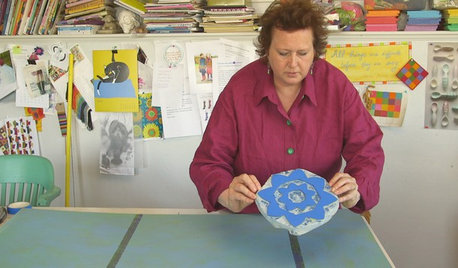

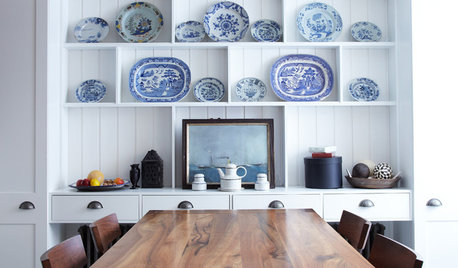
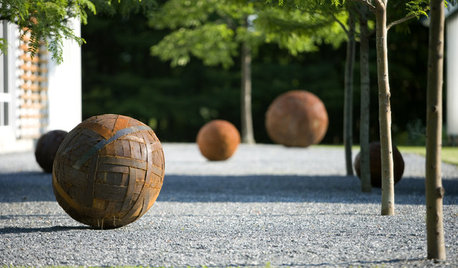
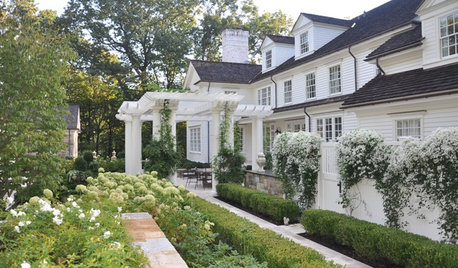
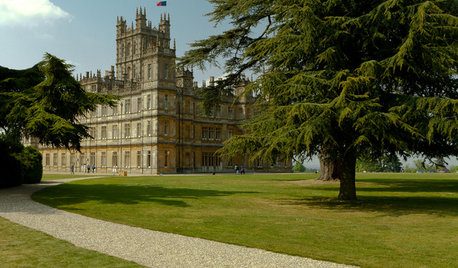







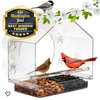
tobyisrnewfie
scotland1
Related Professionals
Allentown Landscape Contractors · Tempe Landscape Contractors · Framingham Landscape Contractors · Glendale Heights Landscape Contractors · Mashpee Landscape Contractors · Norristown Landscape Contractors · West Covina Landscape Contractors · Whitehall Landscape Contractors · Woodbury Landscape Contractors · Annapolis Siding & Exteriors · Bronx Siding & Exteriors · Chesterfield Siding & Exteriors · Hamden Siding & Exteriors · Riverside Siding & Exteriors · San Antonio Siding & Exteriors